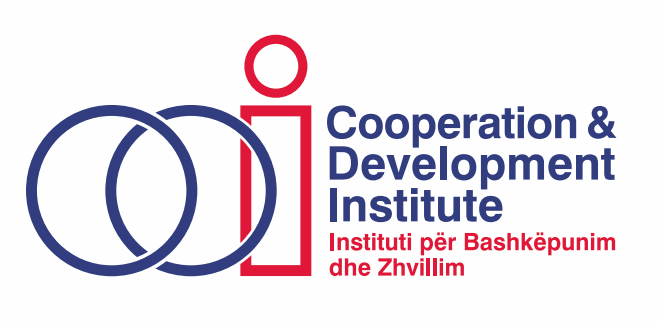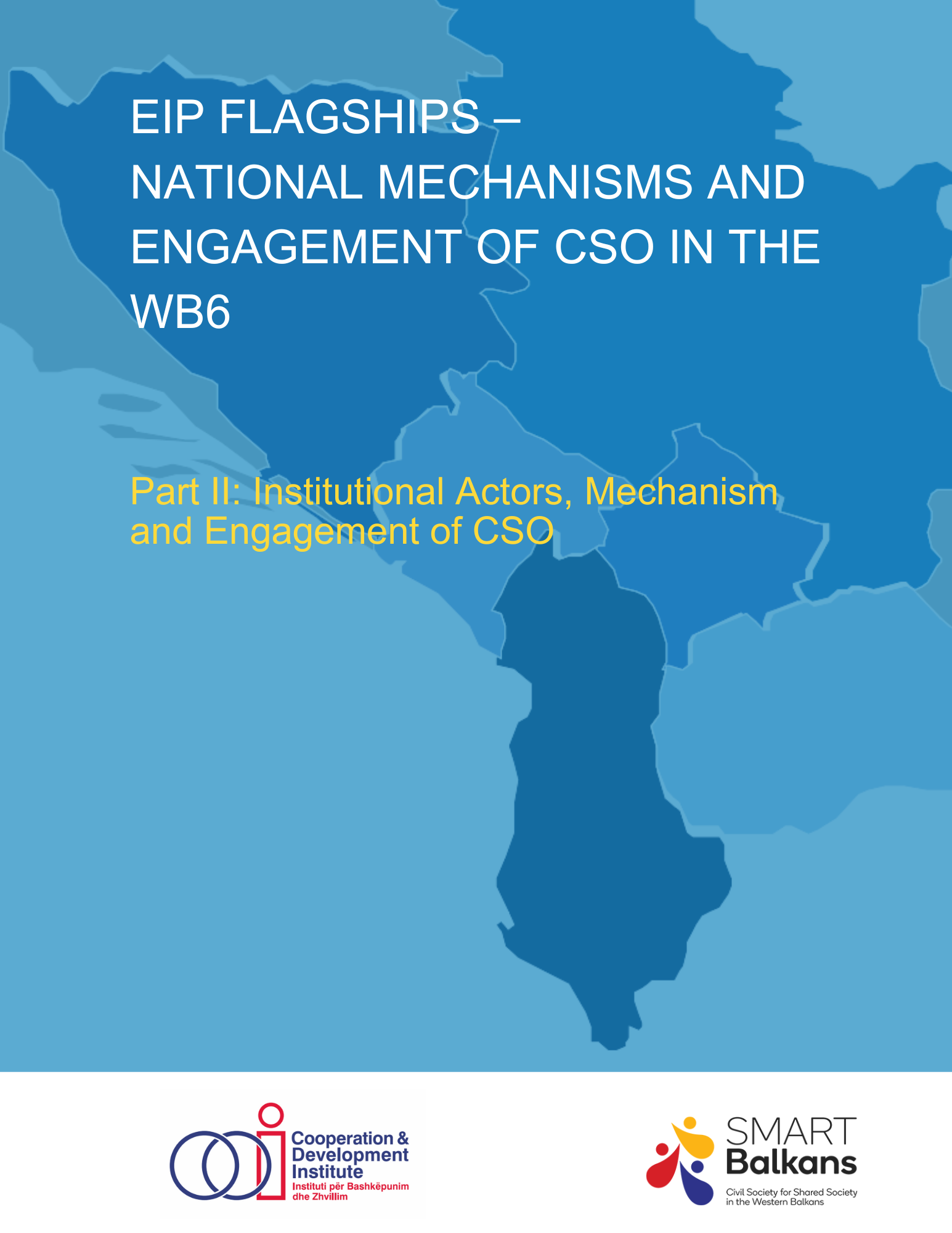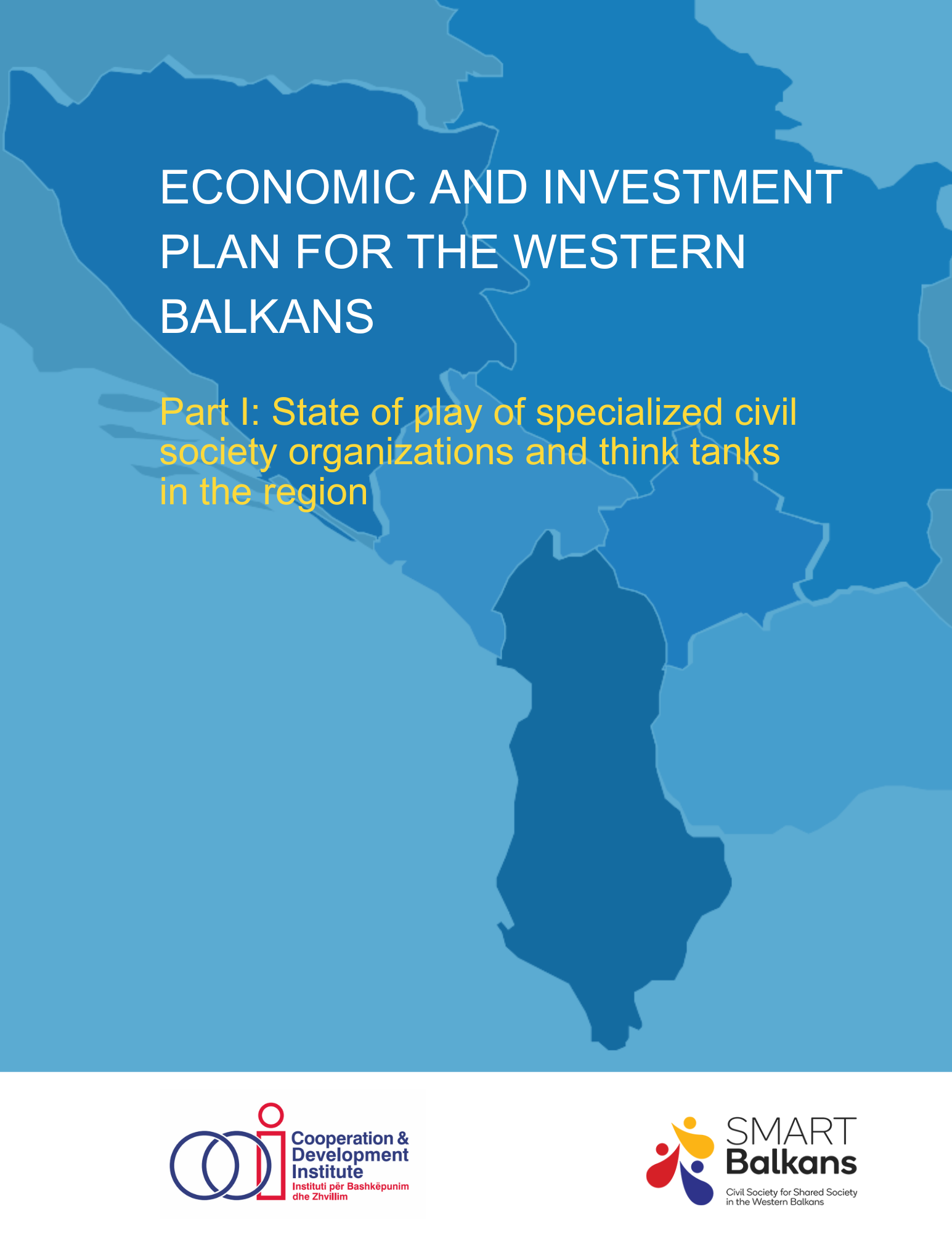Connectivity and Convergence in SEE6: A Blueprint for an EU Membership-Based Development Model

CDI signed a cooperation agreement with “BARLETI” University
April 21, 2021
Online Event on Corridor 8 – East Gate: Promoting Flagship 1 “Connecting East to West”
May 20, 2021CONNECTIVITY AND CONVERGENCE IN SEE6:
In October 2019, the 5th Tirana Connectivity Forum ended with a roundtable where a dozen participants gathered to discuss what we had learned from two intensive days of talk. The debate focused on connectivity’s contribution to SEE6 growth and on the hindering factors. Infrastructure financing, quality of institutional framework, political will, short-term vs. long-term perspective and availability of human resources were among the factors identified as conditioning the impact of connectivity on growth.
The creation of a methodological framework that links the local infrastructure, domestic institutions and the people, allows us to understand the dynamics and complexity of sustainable and resilient development paths, as well as identifying entry points for SEE6 and EU policy-makers.
While studying the interaction between connectivity and the development of a territory, three systemic elements appear. First is “space”, as defined by the endowment of the territory in production capability and in connective infrastructure (transport, energy and data). Second is the local “institutions” which in a simplified definition would be the “structures and mechanisms of social order and cooperation governing the behavior of a set of individuals” materialized in the array of both public and privately owned organizations. The third element is the local “people”. As workforce they are a key factor to growth while as citizens they keep local institutions accountable and efficient.
In a schematic presentation we group those three elements in a triangle where space, people and institutions permanently interact and impact each other. In the next challenge we try to identify actions that induce a “Pareto improvement” in the space-institutions-people system in the long term: i.e., a positive improvement in one node without negatively impacting the rest of the triangle. In this picture, we also bring in “other triangles” in the form of third actors such as China, Russia or Turkey to illustrate other forms of interaction and impact with SEE6 space, people and institutions.
By deconstructing space, people and institutions in the SEE6 and putting them in one system, we underline their inherent interconnectedness. By analyzing their links and the multitude of actors involved, we shed light on the complexity of each decision-making process aiming to impact them. By bringing in an analysis of availability and suitability of resources we point out the efficiency and sustainability of any change dynamics.
Our aim is to argue that to be sustainable, virtuous and resilient, the development scenario chosen to sustain the convergence dynamic towards the EU must happen in all three nodes of the SEE6 triangle.





